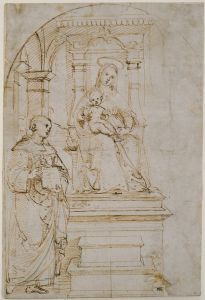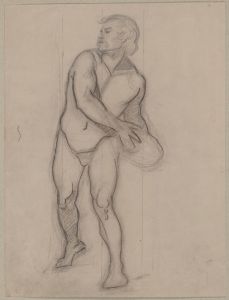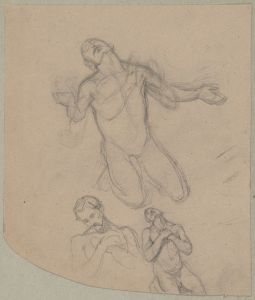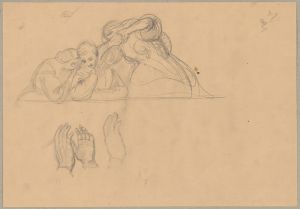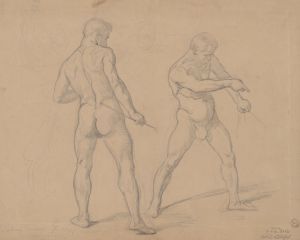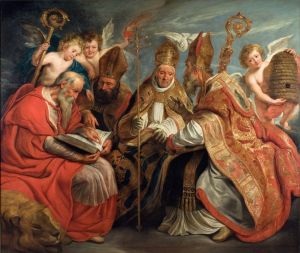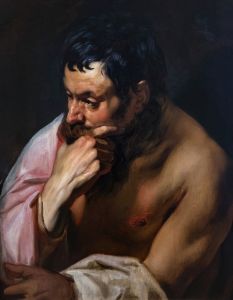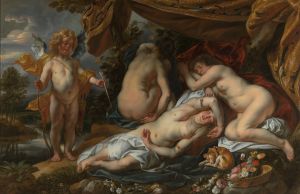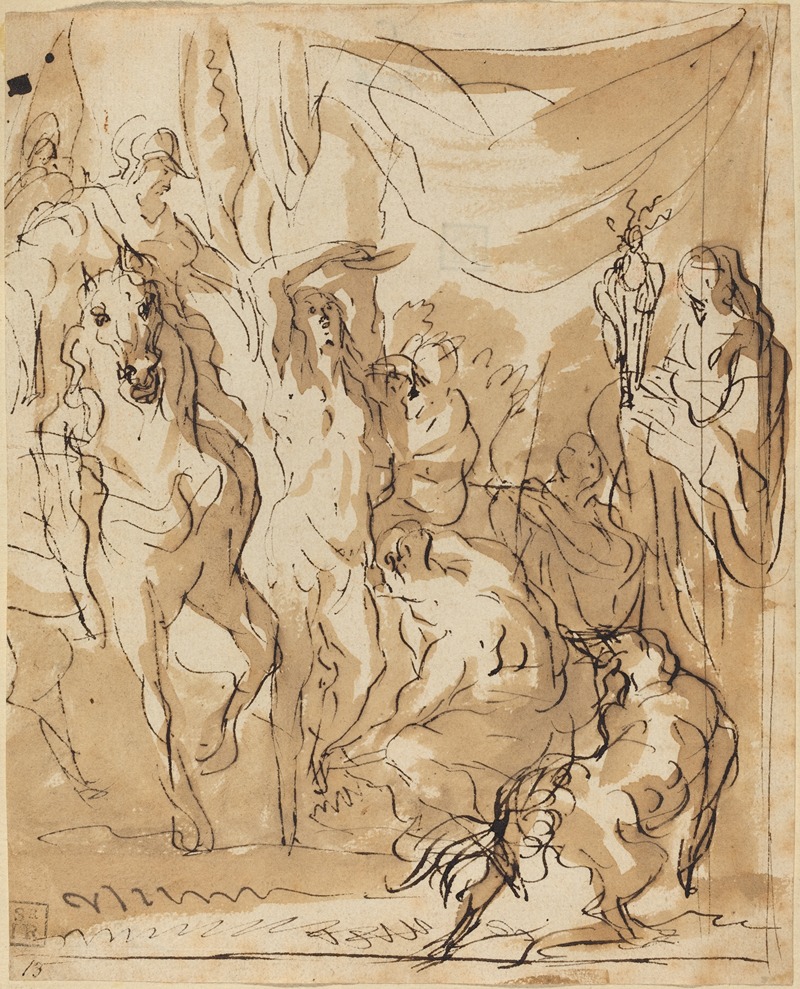
The Martyrdom of Saint Sebastian
A hand-painted replica of Jacob Jordaens’s masterpiece The Martyrdom of Saint Sebastian, meticulously crafted by professional artists to capture the true essence of the original. Each piece is created with museum-quality canvas and rare mineral pigments, carefully painted by experienced artists with delicate brushstrokes and rich, layered colors to perfectly recreate the texture of the original artwork. Unlike machine-printed reproductions, this hand-painted version brings the painting to life, infused with the artist’s emotions and skill in every stroke. Whether for personal collection or home decoration, it instantly elevates the artistic atmosphere of any space.
Jacob Jordaens, a prominent Flemish Baroque painter, is known for his dynamic compositions and vibrant use of color. Among his extensive body of work, "The Martyrdom of Saint Sebastian" stands out as a significant religious painting. Although Jordaens is often overshadowed by his contemporaries, Peter Paul Rubens and Anthony van Dyck, his contributions to Baroque art are noteworthy, and this painting is a testament to his skill and thematic interests.
"The Martyrdom of Saint Sebastian" depicts the Christian saint and martyr, Saint Sebastian, who was a popular subject in Renaissance and Baroque art. Saint Sebastian was a Roman soldier who converted to Christianity and was subsequently sentenced to death by Emperor Diocletian. He was tied to a tree and shot with arrows, an event that has been a recurring theme in art due to its dramatic and emotive potential.
Jordaens' interpretation of this subject is characterized by his robust figures and the dramatic interplay of light and shadow, typical of the Baroque style. The painting captures the moment of Sebastian's martyrdom with intense emotion and movement. Jordaens' use of chiaroscuro enhances the dramatic effect, highlighting the physical and spiritual struggle of the saint.
Unlike many of his contemporaries, Jordaens did not travel to Italy to study classical art and the works of the Italian masters. Instead, he developed his style in Antwerp, drawing inspiration from local traditions and the works of Rubens, with whom he collaborated on several occasions. This local influence is evident in "The Martyrdom of Saint Sebastian," where Jordaens combines the grandeur of Baroque art with a distinctly Northern European sensibility.
The composition of the painting is carefully structured to draw the viewer's eye to the central figure of Saint Sebastian. Jordaens employs a dynamic arrangement of figures, with the archers positioned around Sebastian, creating a sense of movement and tension. The expressions of the figures convey a range of emotions, from the serene acceptance of Sebastian to the focused determination of the archers.
Jordaens' attention to detail is evident in the rendering of textures, from the tautness of Sebastian's skin to the intricate folds of the drapery. The color palette is rich and varied, with deep reds and browns contrasting with the pale skin of the martyr, enhancing the visual impact of the scene.
"The Martyrdom of Saint Sebastian" reflects Jordaens' ability to convey complex narratives through his art. His work often explored themes of human suffering and redemption, and this painting is no exception. It captures the tension between earthly pain and heavenly salvation, a theme that resonated deeply with audiences of the time.
Today, Jordaens' works, including "The Martyrdom of Saint Sebastian," are appreciated for their technical mastery and emotional depth. They offer insight into the religious and cultural milieu of 17th-century Flanders and continue to be studied for their artistic and historical significance. While Jordaens may not have achieved the same level of fame as some of his peers, his contributions to the Baroque movement remain an integral part of art history.





